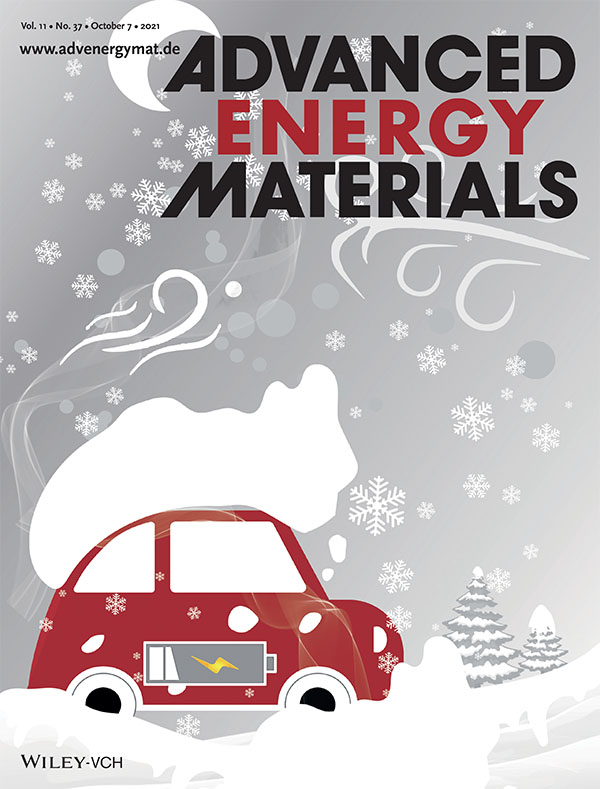- Home
- News
- General News
- How extreme cold...
How extreme cold can crack lithium-ion battery materials, degrading performance
11-10-2021
Storing rechargeable batteries at sub-freezing temperatures can crack the battery cathode and separate it from other parts of the battery, new results in Advanced Energy Materials show.
Lithium ion batteries are a bit famous for their poor cold-weather performance, and that has consequences for some of their most important applications – everything from starting an electric car in the Alps in winter to flying a drone on Mars.
Now, researchers at the Department of Energy’s SLAC National Accelerator Laboratory, together with scientists on the ESRF's ID16A, have identified an overlooked aspect of the problem: Storing lithium-ion batteries at below-freezing temperatures can crack some parts of the battery and separate them from surrounding materials, reducing their electric storage capacity.
They made the discovery while looking at the cold-weather performance of the cathode, the part of the battery electrons flow into when it’s in use. Initial studies found that storing cathodes at temperatures below 0°C led batteries to lose up to 5% more of their capacity after 100 charges than batteries stored at warmer temperatures.
To understand why, the researchers turned to a combination of X-ray analysis methods at SLAC’s Stanford Synchrotron Radiation Lightsource and the ESRF and machine learning techniques that they have been working on over the last several years. The combination allows them to identify individual cathode particles – meaning the team could study thousands of particles at once, compared to just the handful they could identify with their eyes alone. "The phase-contrast tomography at ID-16A allows us to visualize many particles with high resolution, before and after they were exposed to extreme cold. It complements our single-particle-level study by facilitating a machine-learning-assisted statistical analysis, which is an open-source tool that we developed in collaboration with the ID-16A team", explained Liu.
 |
|
The cover of the current Advanced Energy Materials issue. |
"Together, those methods revealed that cold temperatures were shrinking the meatball-like particles within the cathode and in the process cracking them – or making existing cracks even worse", Liu said. And, since materials differ in the way they expand and contract in response to changing temperatures, extreme cold was also detaching the cathodes from surrounding materials.
"The results point to some possible fixes", Liu said. By looking for battery materials that are better matched in terms of their temperature response, scientists could address the detachment issue. Doing so could help improve other batteries as well, since all batteries expand and contract as they heat up and cool down. And by engineering different particle structures inside a battery – notably, building them up from smoother, less meatball-like particles – researchers could help prevent cracking and improve long-term lithium-ion battery capacity.
This new publication is the proof of the successful collaboration between Liu and Peter Cloetens, scientist in charge of ID16A, and his team. "The collaboration between my group and Peter's team has been very productive: Jointly, we have published in Advanced Energy Materials (twice), Nature Communications, Cell Reports Physical Science, J. Mater. Chem. A, J. Mech. Phys. Solids since 2019. Peter's team also worked with us to facilitate the remote experiment during the pandemic, which is very much appreciated", concluded Liu.
Reference
Jizhou Li et al., Advanced Energy Materials, 21 August 2021 (10.1002/aenm.202102122)
Text by Nathan Collins (edited) .



